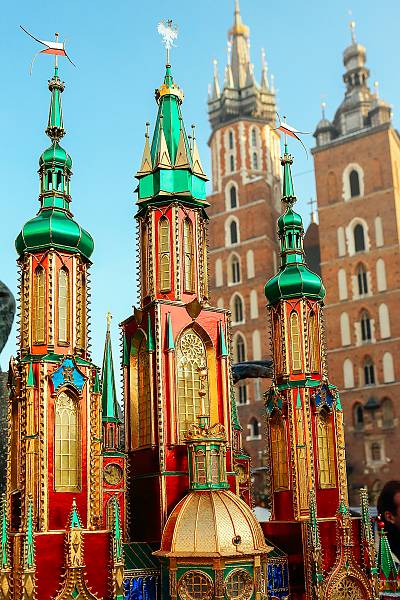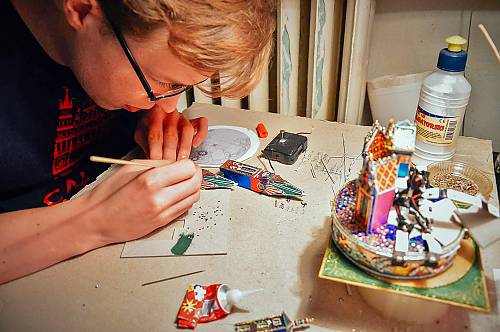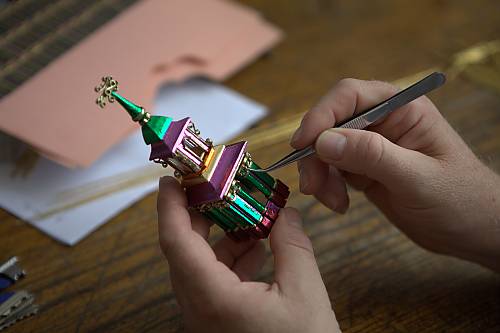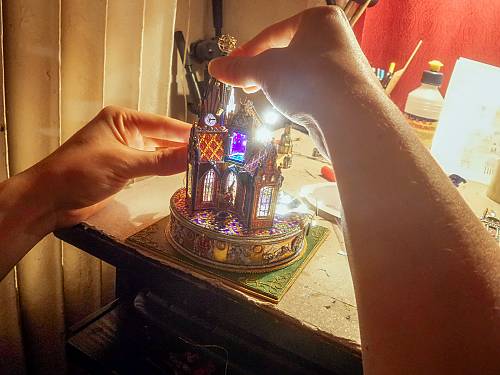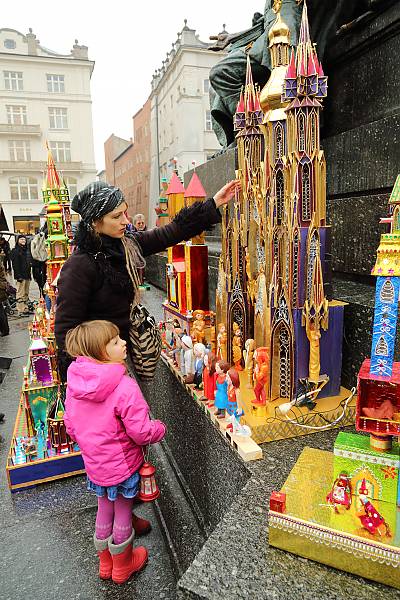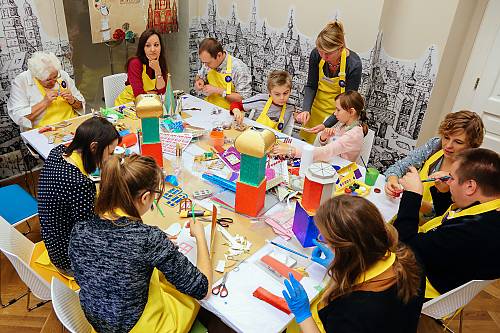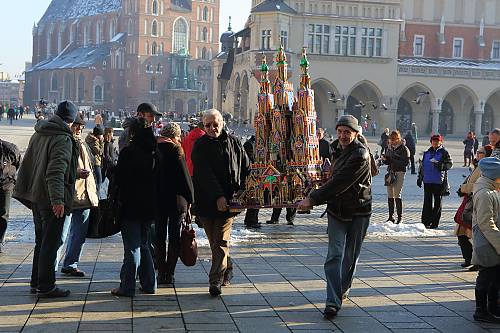Nativity scene (szopka) tradition in Krakow
Inscribed in 2018 (13.COM) on the Representative List of the Intangible Cultural Heritage of Humanity

The Nativity Scene (szopka) tradition in Krakow is a social practice originating from Christmas celebration customs, centred around constructing cribs. Born in the nineteenth century, the tradition is indissolubly connected to the City of Krakow and based on skills and knowledge passed down for generations. The szopka is a lightweight construction featuring the nativity scene surrounded by representations of houses and monuments of Krakow, all transformed by the individual maker. Other scenes are also represented through figurines and artificial lighting, depicting historical, cultural and contemporary social events relating to life in the City of Krakow, Poland and the world. On the first Thursday of every December, makers gather on Krakow Main Square to present their work, and the Historical Museum of the City of Krakow makes their work accessible to the public from December to February, helping to transmit knowledge related to the practice. Practitioners include a group of forty of the most active bearers, who construct new cribs every year and run workshops and lectures to promote the practice and transmit related knowledge. The tradition is open to everyone, encompassing a wide circle of people including spectators and visitors belonging to the urban community. The practice also has significant educational functions, passing on knowledge about the history of the city, its local architecture and customs.
